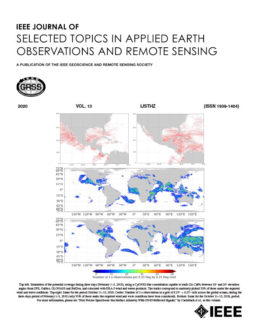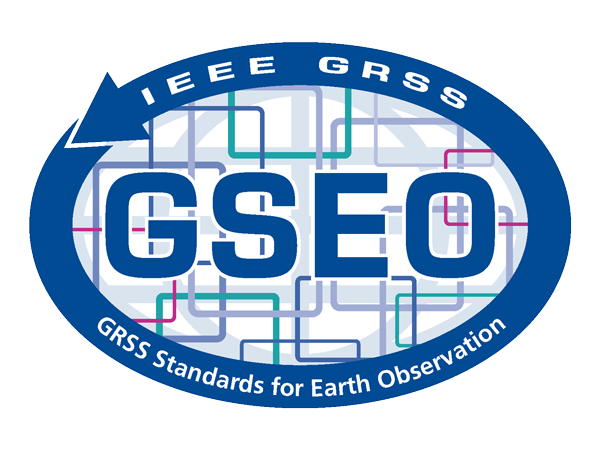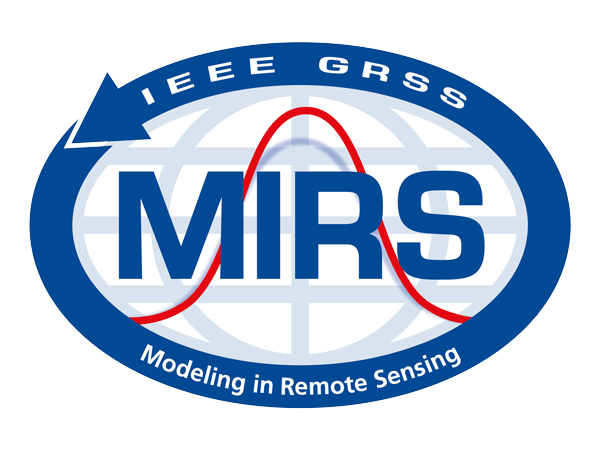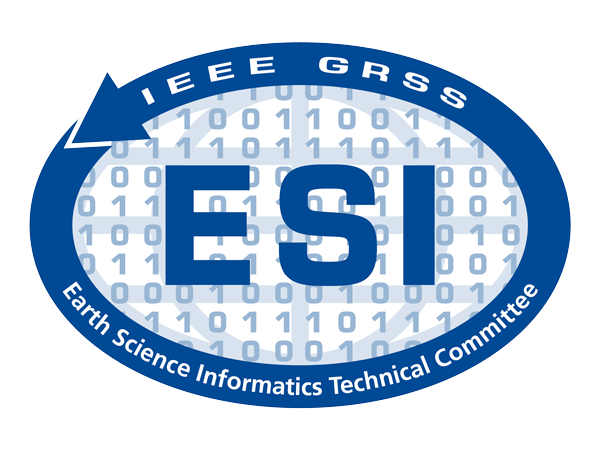Special session on ''Data Intensive Computing for Remote Sensing''
- July 2021
- IGARSS (Brussels, Belgium)
This special session collects papers in the most advanced and trendy areas interested in exploiting new high-performance and distributed computing technologies and algorithms to expedite the processing and analysis of big remote sensing data.

General Information
Recent advances in remote sensors with higher spectral, spatial, and temporal resolutions have significantly increased data volumes, which pose a challenge to process and analyze the resulting massive data in a timely fashion to support practical applications. Meanwhile, the development of computationally demanding Machine Learning (ML) and Deep Learning (DL) techniques (e.g., deep neural networks with massive amounts of tunable parameters) demand for parallel algorithms with high scalability performance. Therefore, data intensive computing approaches have become indispensable tools to deal with the challenges posed by applications from geoscience and remote sensing. In recent years, high-performance and distributed computing have been rapidly advanced in terms of hardware architectures and software. For instance, the popular graphics processing unit(GPU) has evolved into a highly parallel many-core processor with tremendous computing power and high memory bandwidth. Moreover, recent High Performance Computing (HPC) architectures and parallel programming have been influenced by the rapid advancement of DL and hardware accelerators as modern GPUs.
This special session aims at gathering a collection of papers in the most advanced and trendy areas interested in exploiting new high-performance and distributed computing technologies and algorithms to expedite the processing and analysis of big remote sensing data.
Papers
- M. Riedel, G. Cavallaro and J. A. Benediktsson, “Practice and Experience in Using Parallel and Scalable Machine Learning in Remote Sensing from HPC Over Cloud to Quantum Computing,” in IEEE International Geoscience and Remote Sensing Symposium IGARSS, 2021, pp. 1571-1574.
- À. Ordóñez, D. B. Heras and F. Argüello, “Comparing Area-Based and Feature-Based Methods for Co-Registration of Multispectral Bands on GPU,” in IEEE International Geoscience and Remote Sensing Symposium IGARSS, 2021, pp. 1575-1578.
- M. Díaz, R. Guerra, S. López, J. Caba and J. Barba, “AN FPGA-Based Implementation of A Hyperspectral Anomaly Detection Algorithm for Real-Time Applications,” in IEEE International Geoscience and Remote Sensing Symposium IGARSS, 2021, pp. 1579-1582.
- R. Sedona, G. Cavallaro, M. Riedel and M. Book, “Enhancing Large Batch Size Training of Deep Models for Remote Sensing Applications,” in IEEE International Geoscience and Remote Sensing Symposium IGARSS, 2021, pp. 1583-1586.
- D. Coquelin, R. Sedona, M. Riedel and M. Götz, “Evolutionary Optimization of Neural Architectures in Remote Sensing Classification Problems,” in IEEE International Geoscience and Remote Sensing Symposium IGARSS, 2021, pp. 1587-1590.
Session chairs
Gabriele Cavallaro (Forschungszentrum Jülich)
Dora Blanco Heras (University of Santiago de Compostela)




























